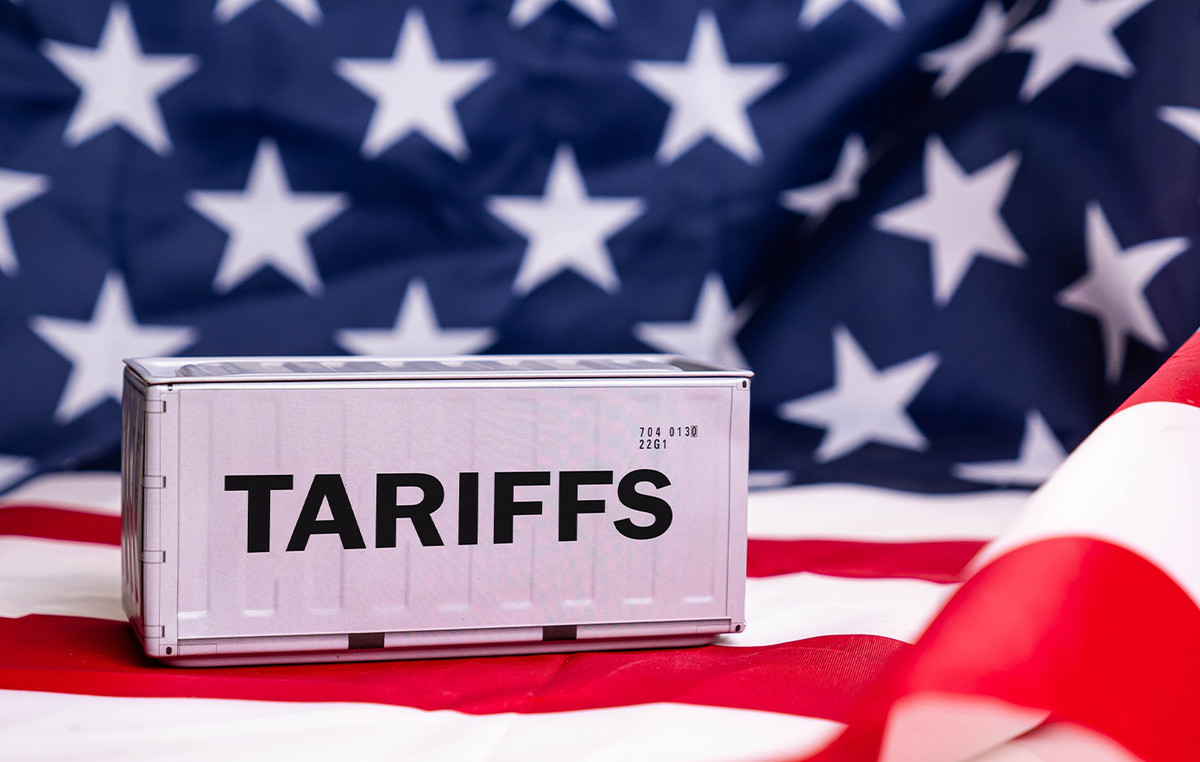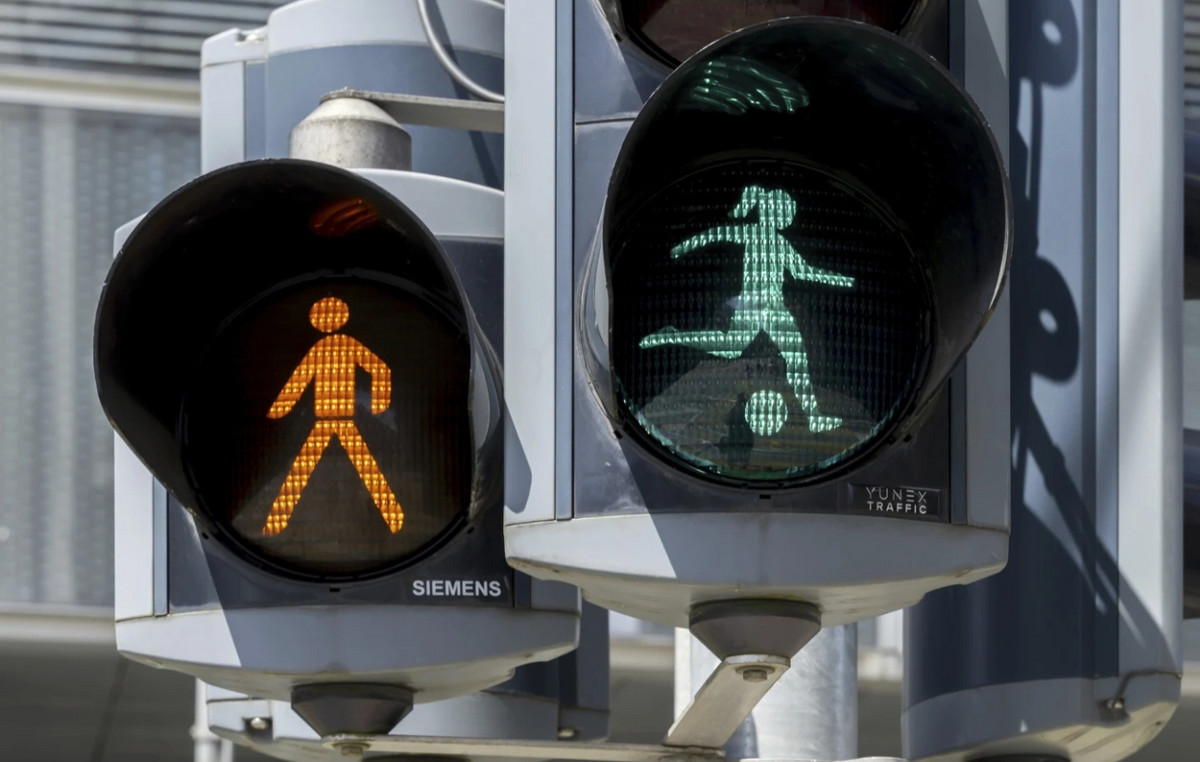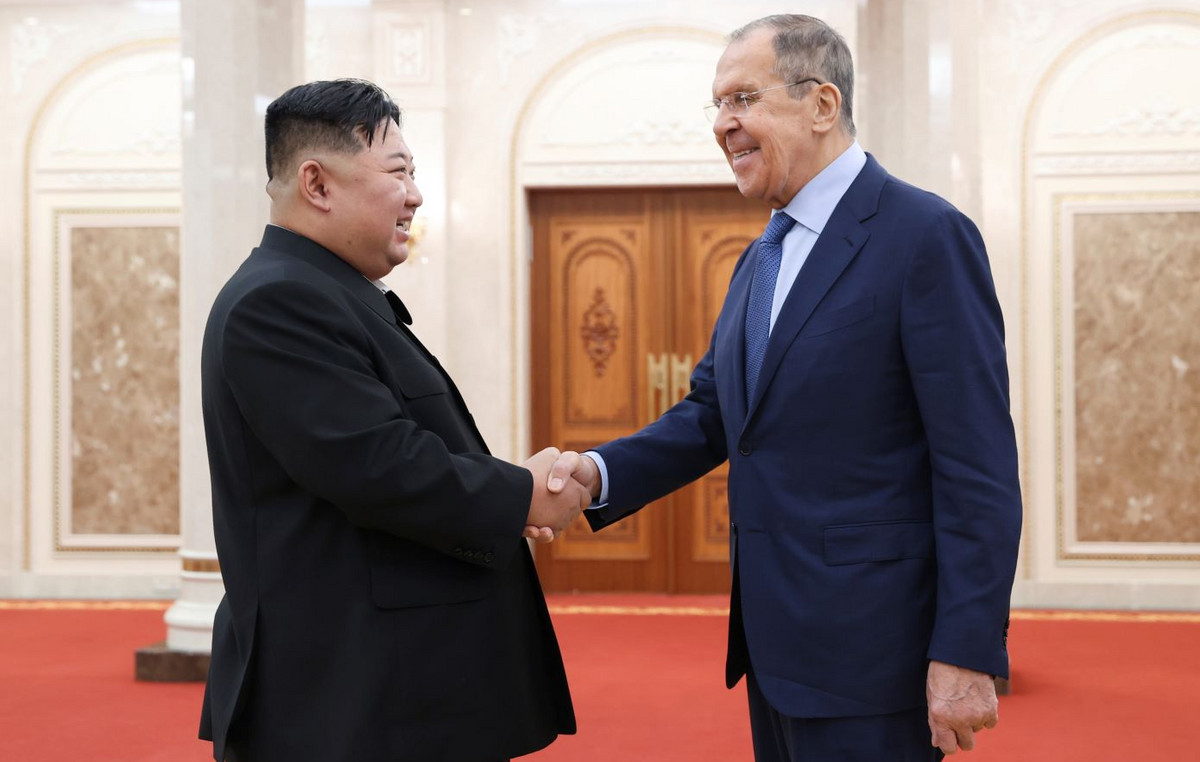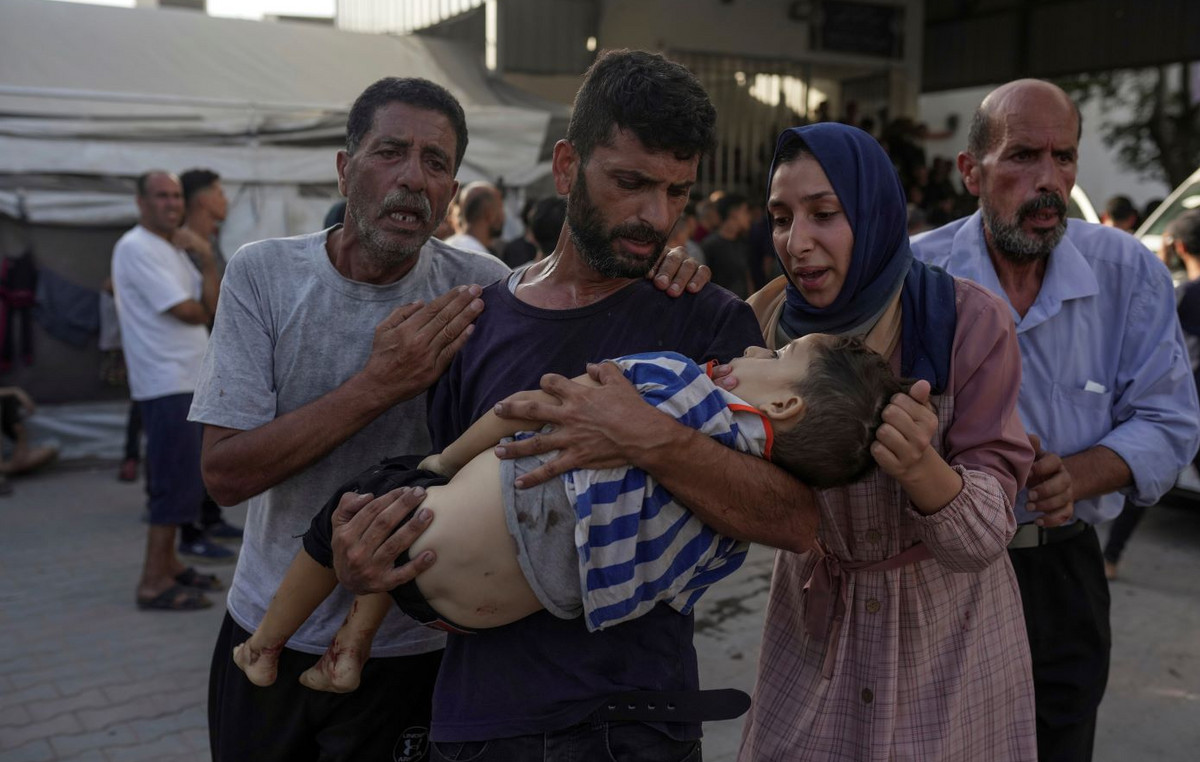The 1.19% drop in the July reading of the IPC-DI, a component that measures consumer prices in the General Price Index – Internal Availability (IGP-DI), is the largest ever recorded in the Real Plan, said André Braz, coordinator of the IPC at the Brazilian Institute of Economics of Fundação Getulio Vargas (Ibre/FGV).
Earlier, the entity reported that the IGP-DI dropped 0.38% in July, after rising 0.62% in June.
With the federal government’s action to reduce taxes on fuel and the electricity bill, the decline in the IPC-DI even surpassed the deflation of May 2020, when the component fell 0.54%, at the height of the crisis caused by Covid. -19.
Even so, the fall in prices was very concentrated in a few items. Average gasoline prices dropped 14.24% in July.
Residential electricity tariffs fell by 5.13%. Ethanol was, on average, 11.02% cheaper, while airline tickets dropped 19.81% in July.
According to the diffusion index, which measures the proportion of items with a positive change rate, 67.74% of the total items surveyed in the IPC-DI became more expensive in July.
The index was below the 72.58% of June, but above the diffusion registered in May 2020.
That month, right at the beginning of the pandemic, when Covid-19 paralyzed the global economy, the IPC-DI fell 0.54%, a variation below that of last month, but the diffusion index remained at 47.74%.
In other words, most of the items surveyed became cheaper in May 2020. That was the second month in a row with a drop in the IPC-DI.
In April 2020, there was a drop of 0.18%, with a diffusion rate of 58.71%.
According to Braz, with the drop in the IPC-DI of last July so concentrated in a few items, it is not possible to classify the current dynamics of deflationary prices.
“The definition of inflation is a general increase in prices. Likewise, the definition of deflation is a generalized fall in prices. It cannot be a fall concentrated in a few items”, said the researcher.
In addition, Braz recalled, the consumer’s own perception should not be that of a deflationary scenario.
Especially the poorest families, who do not have a private car and therefore do not buy gasoline and ethanol to fuel their vehicles, should not see price relief.
Including the electricity bill, since, in many states, the ICMS levied on the electricity tariff already had a reduced rate for residential consumers with low consumption, said Braz.
In the medium term scenario, more important for the perception of inflation will be the expected slowdown in food prices.
For now, in the 12-month period up to July, the IPC-DI Food expense class (which went from a 1.30% increase in June to an advance of 1.34% last month) recorded a jump of 14, 49%.
For Braz, there are two forces that could moderate the expected slowdown in food inflation.
One is the exchange rate. Any rise in the dollar (due to higher interest rates in the United States and political and fiscal risks in Brazil) tends to reduce the effect of the fall in agricultural commodity prices.
The second force is an increase in demand. With the increase in monthly payments for Auxílio Brasil until the end of the year, the tendency is for poorer families to consume more food, putting pressure on prices.
Source: CNN Brasil
I am Sophia william, author of World Stock Market. I have a degree in journalism from the University of Missouri and I have worked as a reporter for several news websites. I have a passion for writing and informing people about the latest news and events happening in the world. I strive to be accurate and unbiased in my reporting, and I hope to provide readers with valuable information that they can use to make informed decisions.







